Watch video of my lecture here:
 It's two tempos playing in the media quartet these days. Both are essential. Both are important. We must create, write, edit and design to accommodate how these two tempos move, almost in perfect and paralled synchronization.
It's two tempos playing in the media quartet these days. Both are essential. Both are important. We must create, write, edit and design to accommodate how these two tempos move, almost in perfect and paralled synchronization.
The news cycle then
But, first, a little history: once upon a time, not long ago, the news ran on a schedule: we read the morning newspaper as part of our breakfast ritual, we listened to the radio in the car on the way to or from work, we seldom missed Walter Cronkite and his 6 p.m. newscast, and at night, before turning off the light, we could catch the 11 pm news.In between, we went about our business, and news basically largely left us alone.
If an emergency happened, there was the Western Union man at our door with one of those yellow envelopes that usually spelled bad news or disaster.
Technology limited the pace of news.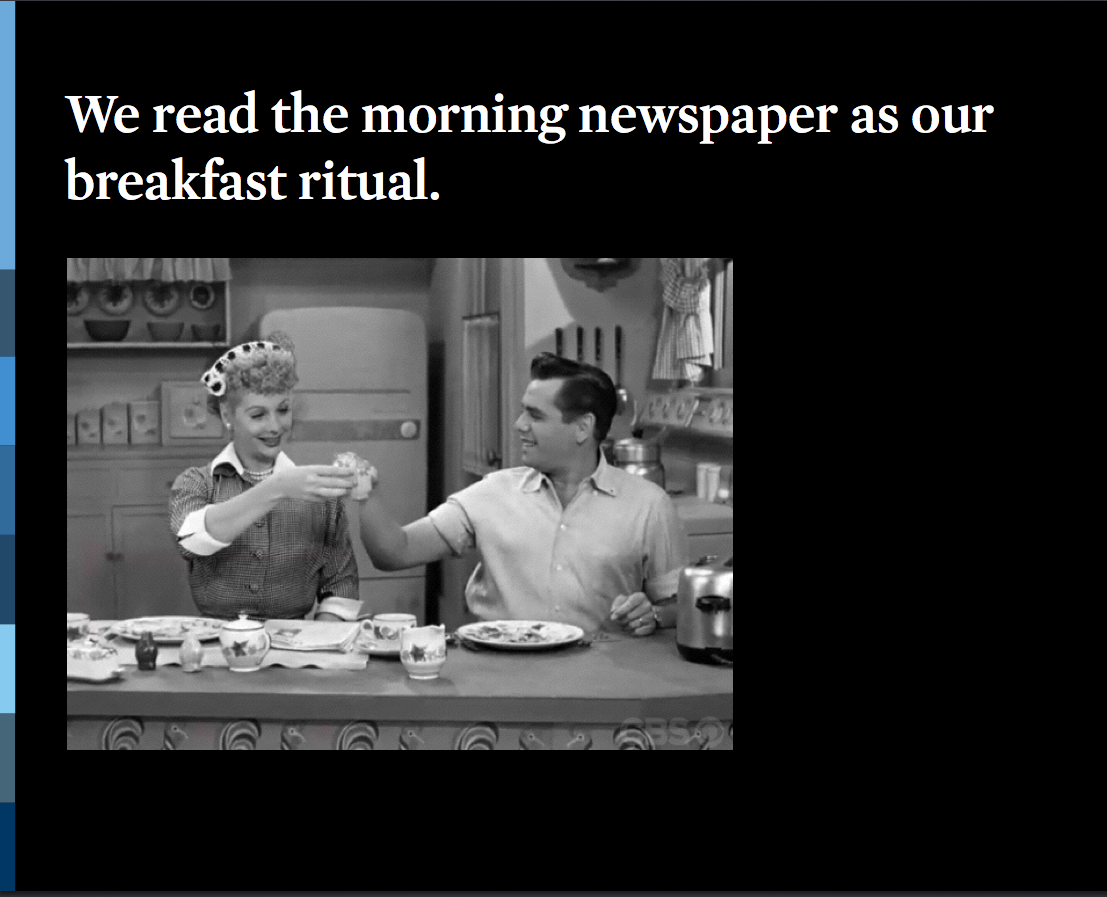
The news cycle now
Then along came, around 1991, the world wide web. And we became connected and addicted. Today, the more pings we get, the happier we seem to be.
Now it is as easy to put out a tweet about breaking news as it is a massive, year long investigative report.
Today we want the second by second update. And that is where the two tempos come in.
Two tempos
These two tempos fulfill the information needs of our audience.
Every media house, no matter its size, needs to become aware of these two tempos and adapt them to how the news cycle flows in their newsrooms.
It is raw meat for the constant flow of information, and the more cooked steak for lean back platforms–think print and tablets.
There is an increasing appreciation for the role both tempos can play in a news organization's offerings.
Let's look at some who are playing these tempos in interesting ways.
24/7 constant flow examples
Breaking News
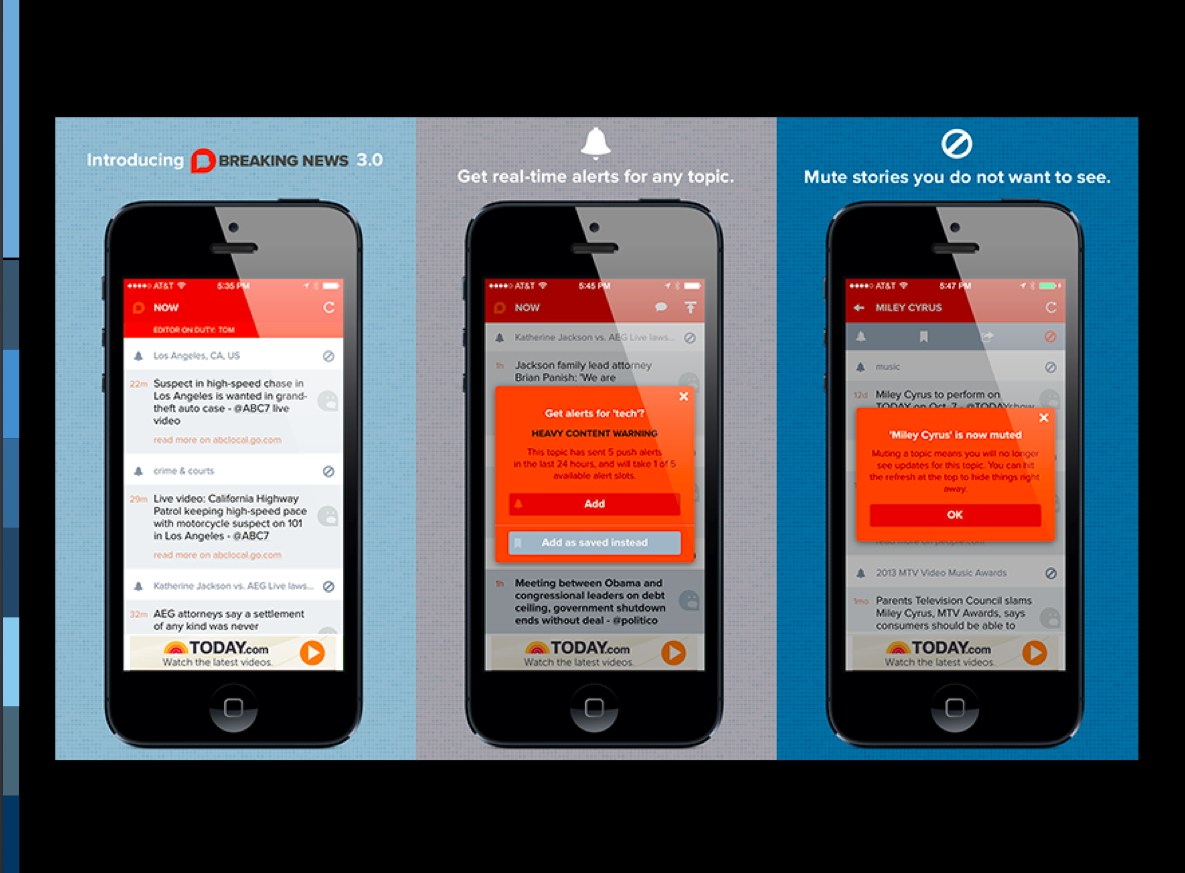
Breaking News curates the latest pieces of news around the world, providing brief and fast updates. They combine these updates into topics, allowing users to be alerted to new information about their favorite topics or mute those they are not interested in.
The creators came to the conclusion that focusing on the consumer goal of “time saved” trumps the newsroom goal of “time spent.”
Circa
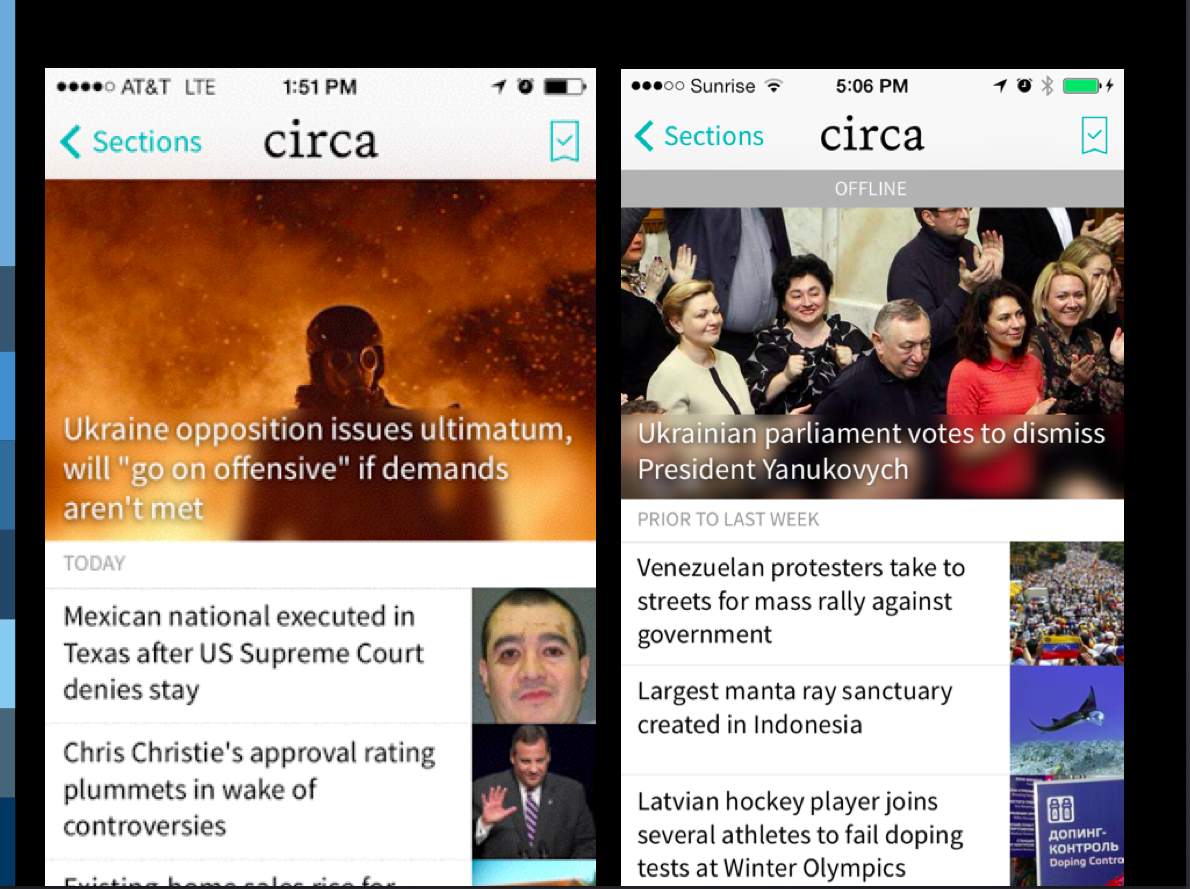
Editors who rework the top stories of the day—quotes, photos, maps, facts, background. Users can follow topics they’re interested in and get updates on new developments.
Circa doesn’t show you an entire news article, the way a mobile news app from the New York Times or some other traditional outlet would: instead, it breaks the news down into its “atomic units,” which consist of a series of news facts, background information and other elements (photos, quotes, etc.) A user can then choose how many of those atomic units to read at a given time.
Curated
NYT Now
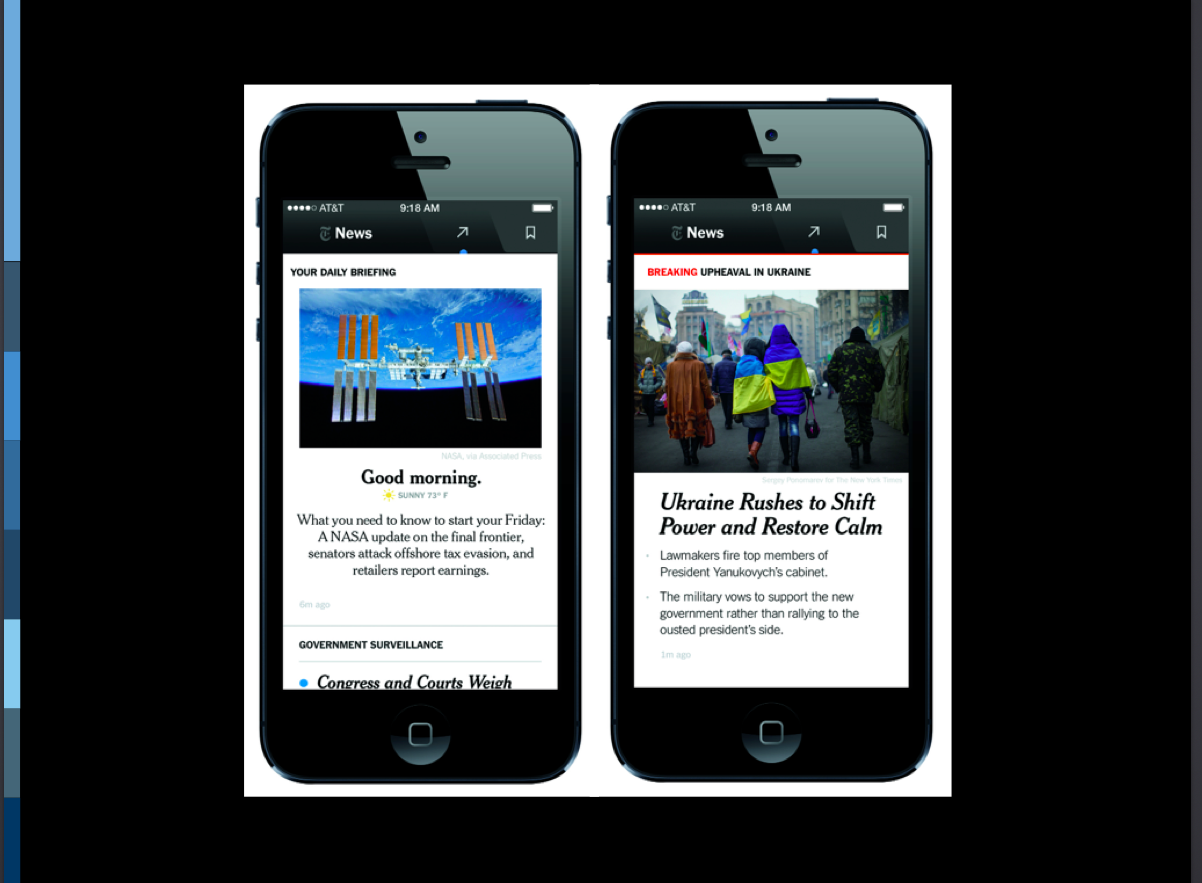
NYT Now featuring curated content from the Times, and unlike the publication’s current algorithm-powered mobile app, it will have a dedicated staff responsible for hand-picking stories and repackaging them for consumption on your phone.
NYT Now will consist of headlines and short summaries taking readers to full Times articles. A “morning briefing” and an “evening briefing” — presented in a conversational voice.
Yahoo News Digest
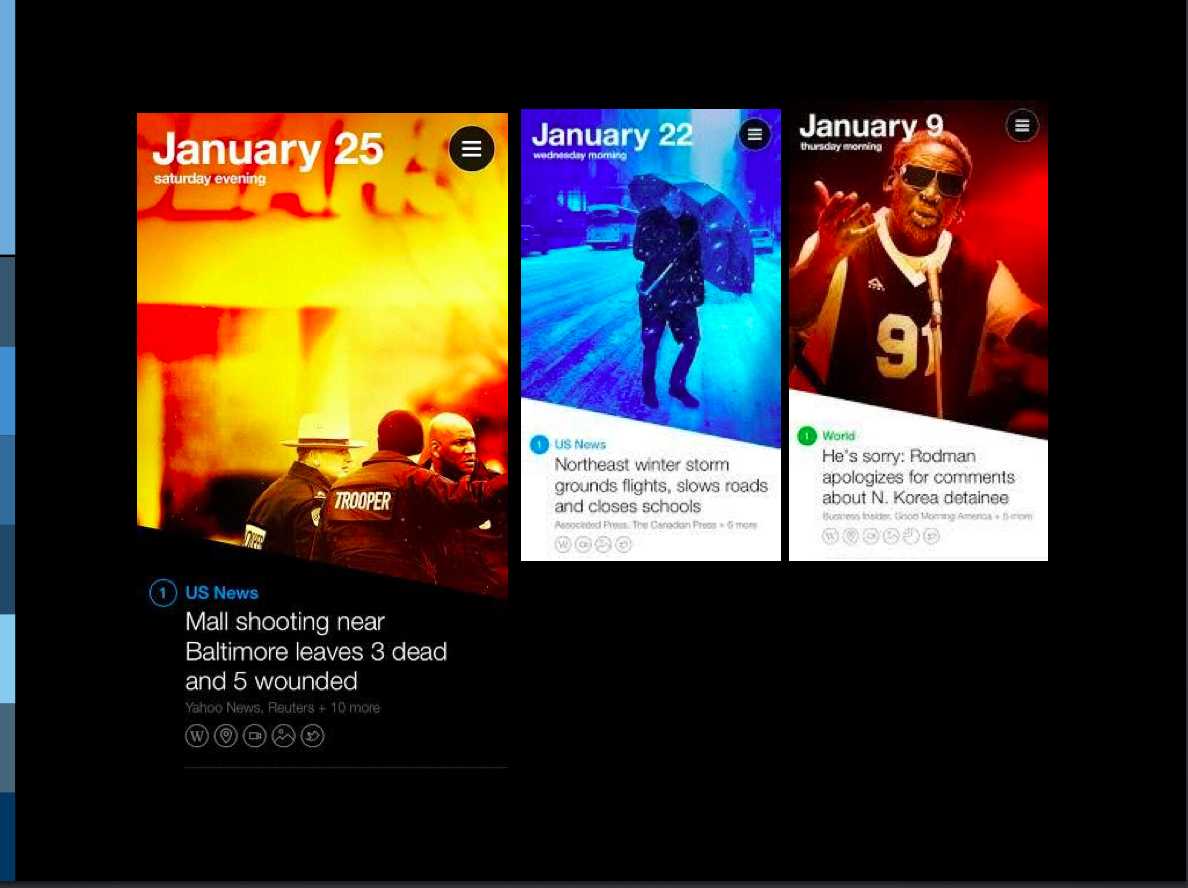
Yahoo selects stories for the digest using a combination of algorithms and human editors, and sends you a push notification when your digest is ready. It is also one of the best-looking newsreading apps. I personally look forward to it when it comes twice a day.
There’s no personalization, no limitless stream of other stories they could read. Just a list of around a dozen stories and you’re done.
The Guardian's #Open001
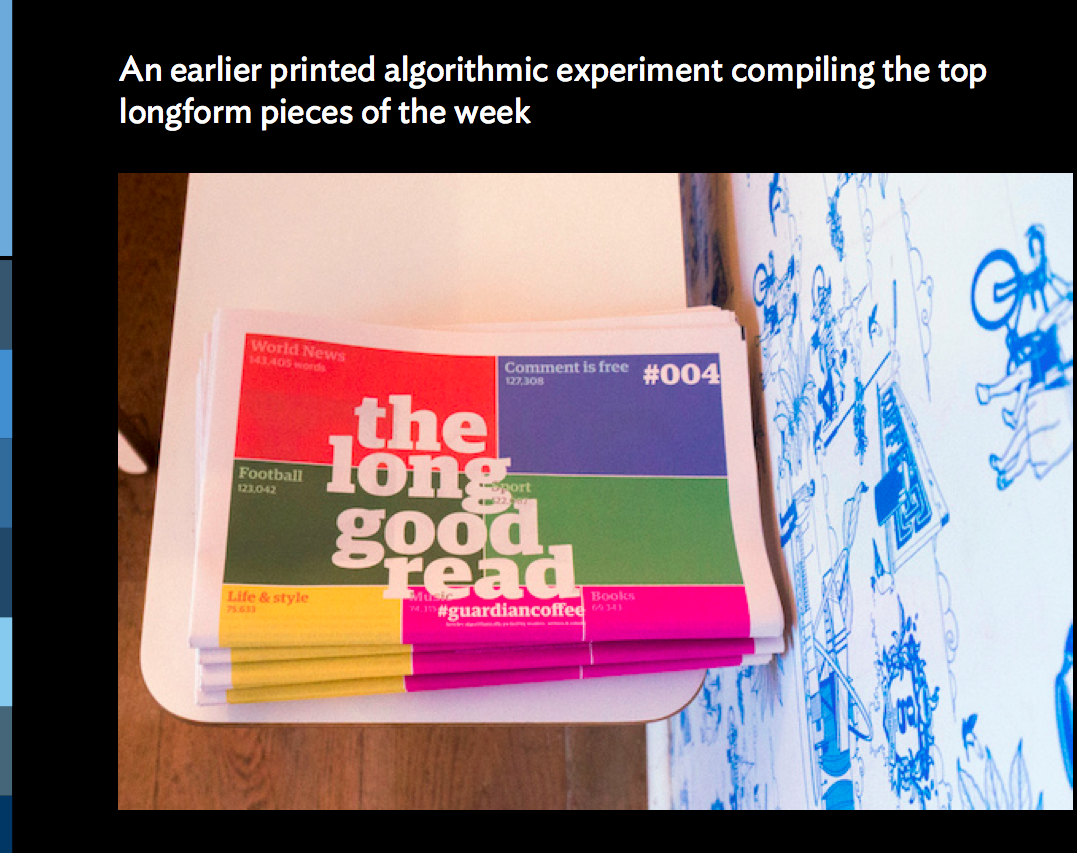
This one is a PRINTED newspaper that knows what stories you share!
Algorithms based on what your social-sharing activity.
Sorry, no room for serendipity.
Esquire Weekly
When an iconic monthly turns weekly, it not only changes its concept of frequency (from a monthly magazine schedule), but curates material of interest reflecting the content philosophy of a legendary publication.
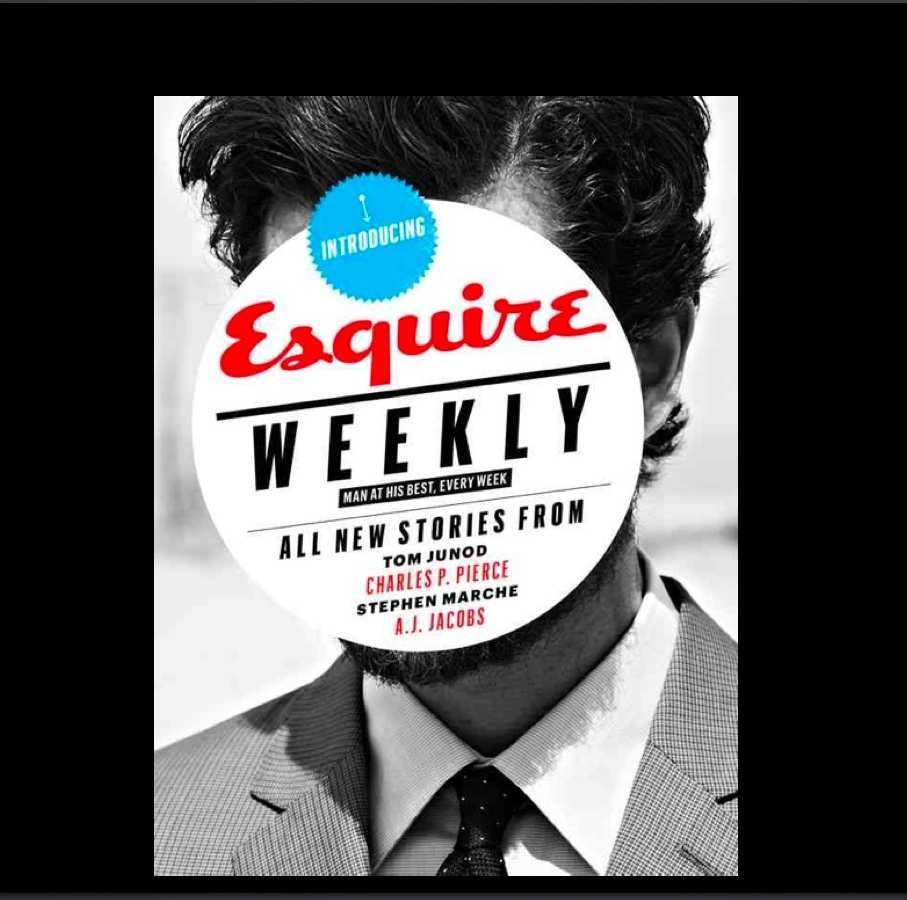
Doing Print Happily
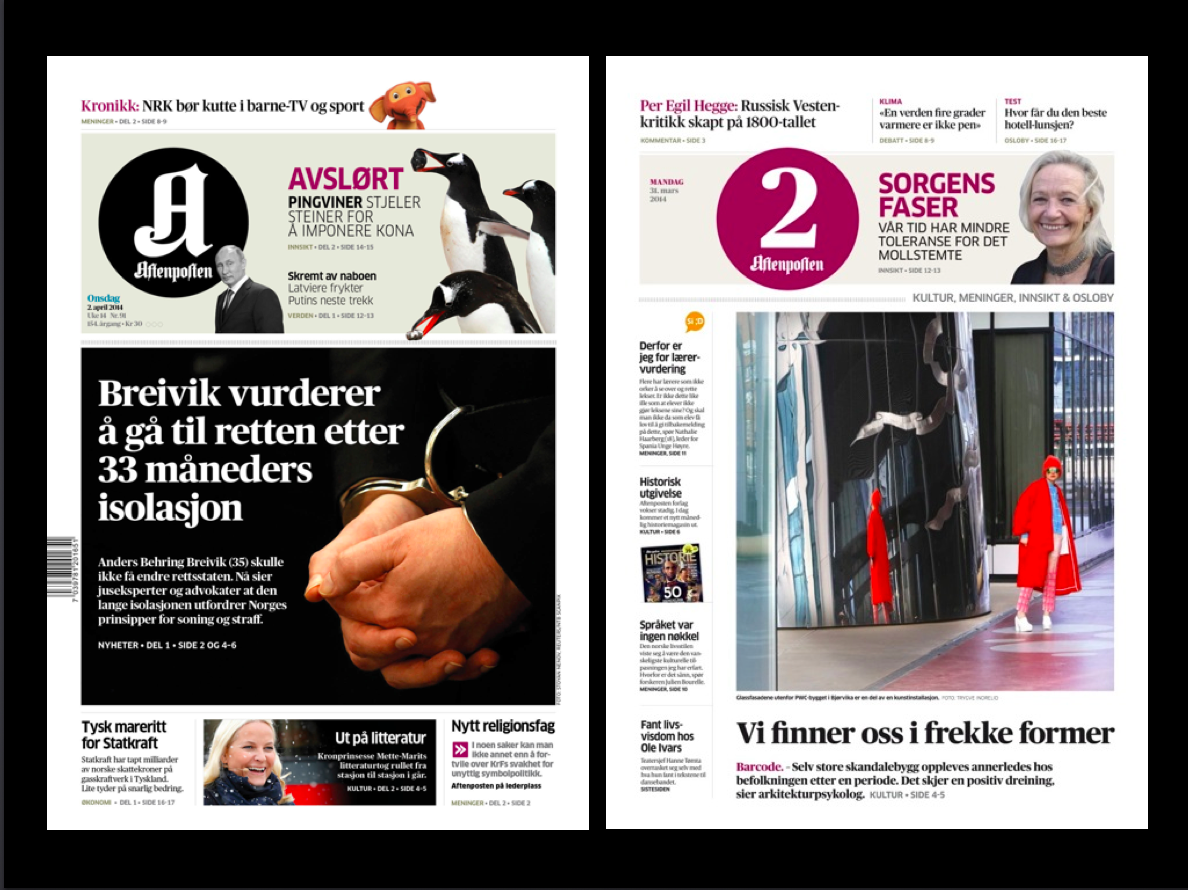

And, of course, print is part of these tempos–the slower one, if you will.
I mentioned that our project in Norway, with Aftenposten, is a great example of a news organization where print has been revitalized, given its proper place and integrated properly into the media quartet
Recently, when the news broke that Colombia Nobel Literature Laureate Gabriel Garcia Marquez has died, El Tiempo published an EXTRA edition.
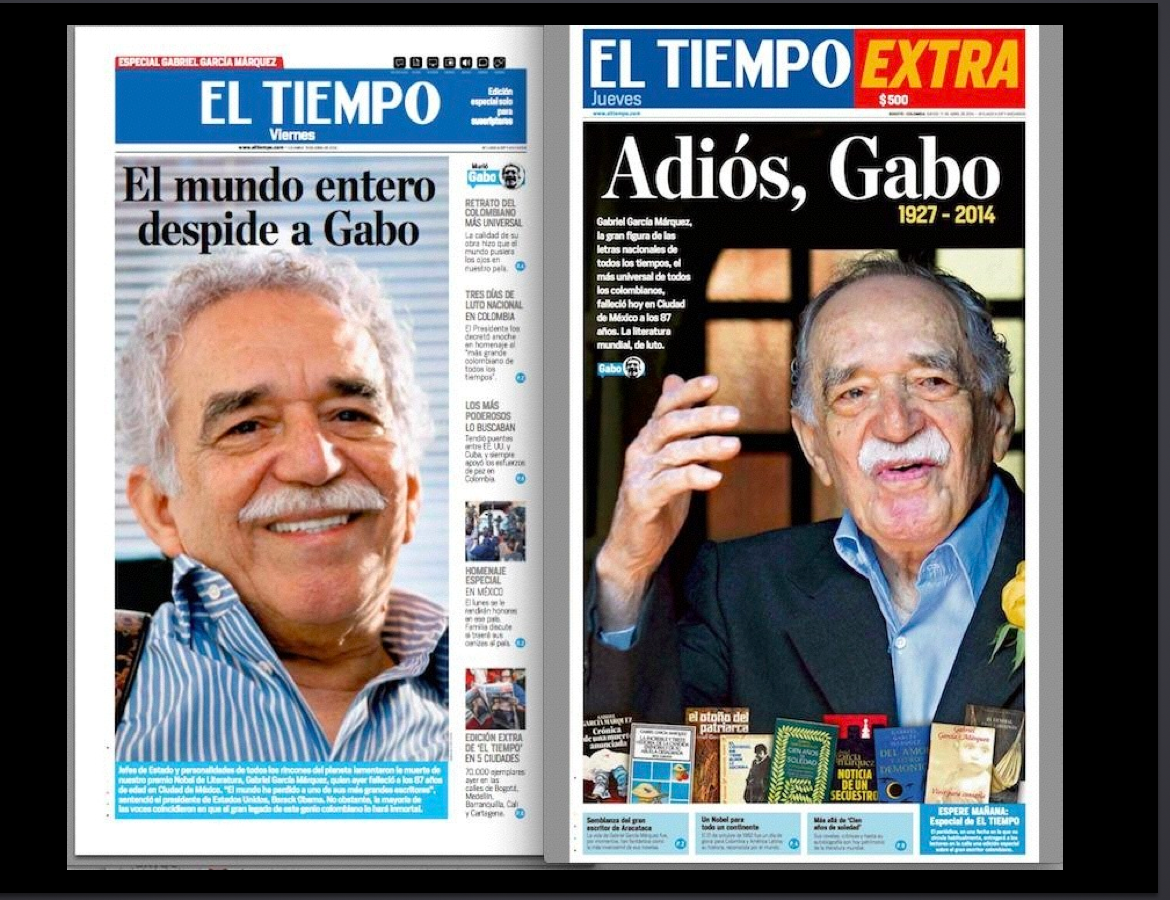
The takeaways
1) Make sure to have a clear philosophy in place for the flow of a story—how it evolves from the first tweet to a retrospective analysis.
2) Consider curated digital editions, which can allow for a different editorial perspective along with a clear start and end for users.
3) Mobile is certainly extraordinary for breaking news, but consider curated editions as well. But keep it short and sweet.
4) Do print happily, connecting the dots for readers. Give printed edition its place within the media quartet.
5) Today we are not in an environment conducive to solo performances. Emphasize interdisciplinary teams, bringing design, tech, business, editorial together to conceive these products.
6. The industry needs well-trained mobile editors who can tell stories across platforms. In fact, two years from now, a person who can’t work across platforms won’t find a job in media.